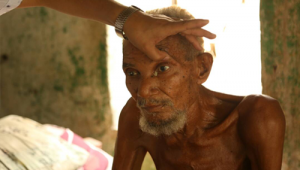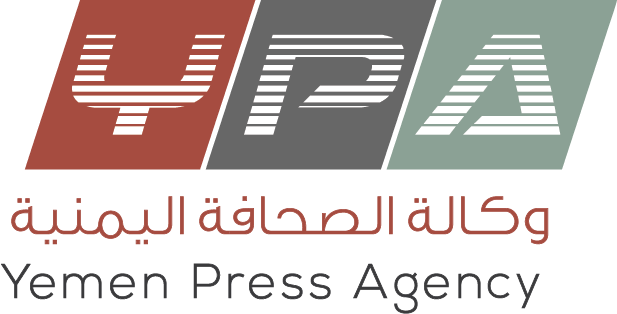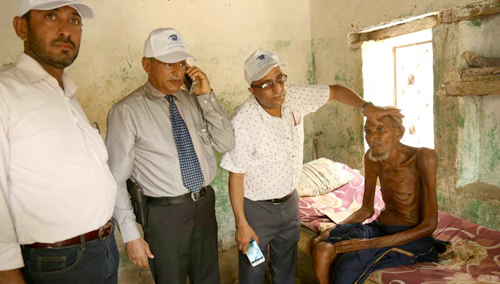SANAA, May 13 (YPA) – Despite ongoing civil unrest and instability, Yemen’s Trachoma Elimination Programme launched its first large-scale treatment campaign, targeting approximately 450 000 people in areas at high risk for the disease, according to a report issued Tuesday by the World Health Organization (WHO).
Trachoma is the world’s leading infectious cause of blindness and Yemen has one of the highest prevalence levels in the Middle East.
“Despite delays, we were able to implement the programme in six districts of Ibb and Al Hudaydah governorates, thanks to support from the World Bank, Sightsavers1 and medicines donated through the International Trachoma Initiative” said Dr Nevio Zagaria, WHO Representative in Yemen. “The success of this campaign depended on the support of the population and of entire affected communities, as well as partners, through close coordination with other ministries and actors involved in trachoma elimination”.
The report said the campaign, from 2‒4 May, was conducted by trained health workers and volunteers who also distributed WHO-supplied facial kits, comprising face towel and soap, to encourage hygiene and facial cleanliness.
Yemen completed a series of trachoma surveys under the Global Trachoma Mapping Project from 2013 to 2015, covering 70 districts across the country. The surveys determined that more than 2.7 million people in 30 districts require public-health interventions to address transmission of the bacteria that cause trachoma and its associated morbidity.
WHO recommends implementation of the SAFE strategy (surgery, antibiotics, facial cleanliness and environmental improvement) to achieve elimination of the disease as a public-health problem.
“The surveys revealed that the prevalence of active trachoma exceeded 10% in several areas of the country, with the highest estimates in Ibb and Al Hudaydah. The two governorates were therefore prioritized for the first mass treatment intervention” said Dr Zagaria. “If all goes well and, depending on the security situation, the current campaign will be repeated annually for three years, after which an impact survey needs to be done.”
In an additional 24 districts, the prevalence of active trachoma2 is above 5%, requiring large-scale antibiotic treatment, supported by awareness and educational campaigns.
Trachoma, which affects mainly people living in areas deprived of water and sanitation, puts more than 190 million people at risk across 39 countries. It is also responsible for the blindness or visual impairment of around 1.9 million people worldwide.
The SAFE strategy recommended by WHO to prevent and treat trachoma is guiding international efforts to eliminate the disease as a public health problem.
In its earlier stages, trachoma can be treated with oral antibiotics taken once a year, usually for 1–3 years.

bam


